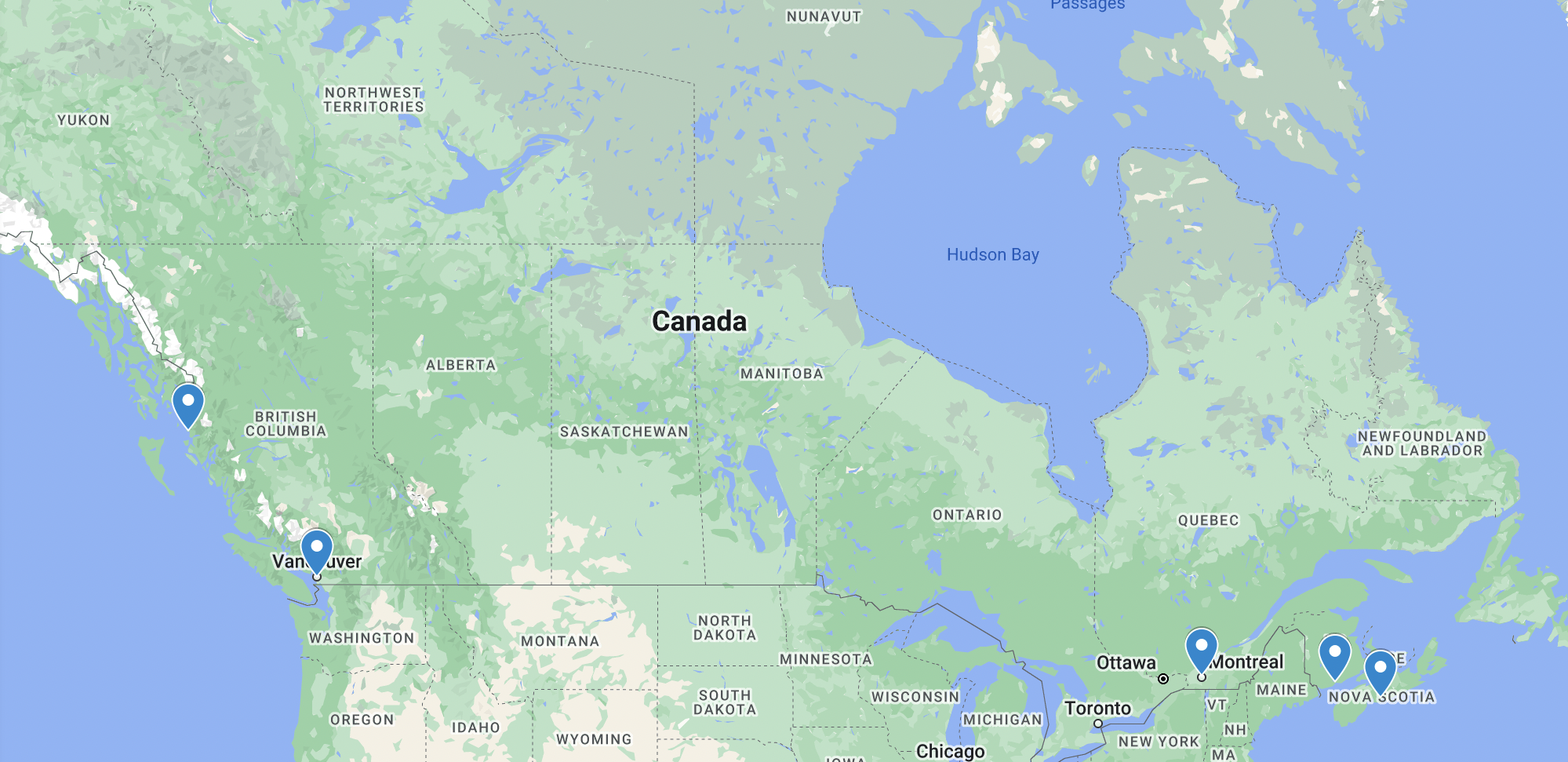US Retailers’ Canadian Problems
Last week marked another large US-based retailer announcing plans to exit Canada – Nordstrom and Nordstrom Rack are closing their stores and business this side of the border. It’s not a new story to Canadians, having seen K-Mart, Target and most recently Bed, Bath & Beyond previously wind up. These are sad times for the retail landscape, but especially for the many talented people affected by these companies downsizing or closing.
It can be quite remarkable looking at the differing fortunes between same retailers across the border – Target being the most striking to me, a powerhouse in the US and key pillar of the retail world, lasting only 4 years and losing over $2billion. There are a multitude of reasons why a retailer would cease operating in Canada, but ultimately it comes down to the profitability simply not matching expectations. Having lived and worked in both the US and Canada I’m interested in the differences between the markets, the consumers and of course the Supply Chain implications and drivers that have led to these exits.
Many times I have seen the presumption that Canada is simply a smaller version of the US, indeed the greatest adjustment I had to make when taking on my Toronto based position was ensuring that I didn’t fall into that very trap. It’s an easy mistake to make – the cultural hegemony of the United States can be hard to escape and often a cause for extreme frustration this side of the border – the entire chain is different, as are the consumers.
The most frequent misconception I have encountered working internationally is the underestimation of the true scale of Canada both geographically and demographically. It’s not a hidden fact that Canada is huge, however it’s clearly not well understood quite how large it is and focused its population centers are. A great example of this was my own father asking me if to avoid shipping costs I could pick up something he’d seen online in Saskatoon, Saskatchewan – as I pointed out to him it was a mere 3,000km (1,900 mile) 28-hour drive. One way!
Canada vs USA Population
As mentioned, it’s not just the size but the focus of that population that is key too – an estimated 90% of Canadians live within 100 miles of the US border and almost 40% of the total population is split between just three cities (Toronto, Vancouver and Montréal). If that was the case in America then New York, Los Angeles and Chicago would have a combined population of 132 million as opposed to the actual 15 million residents they do have!
Looking at fulfilment that geographic and demographic mix comes into play – both from an import and last mile view. Whereas the United States has a variety of West coast port options in Canada the only option for significant volume is the Port of Vancouver. It is the third largest port in North America used not only for its capacity but also the relative proximity to South & East Asia’s origin markets. The challenges of having only one port capable of major volumes were realized all too clearly at the tail end of 2021 with the extreme weather - the phrase “atmospheric river” is branded into my mind - halting all access to Vancouver by rail, air and road.
Canada’s Major Ports
West Coast: Vancouver, Prince Rupert (BC)
East (from l-r): Montreal (QC), Saint John (NB), Halifax (NS)
Again, fighting the preconceptions from working in the US, the main carriers are present but not as wide reaching as they are Stateside. UPS, FedEx, DHL all have presence, however the main two carriers are Canada Post and Purolator (which is 91% owned by the former) – the success very much tied to the wide network of DC’s that extend into areas that are less commercially viable but essential if 100% coverage is the goal.
In the US it’s standard to have 2 day coverage for nearly the full country, dependent on the distributors’ origin. In Canada there are customers in Nunavut or Northwest Territory where, weather dependent, the average transit time is 12 days! Being a customer-centric supply chain means ensuring that those customers are as important and well-served as the larger populations in the GTA , GVA, Montreal or Calgary. Keeping that view on the customer is an example of the challenge that large US-based retailers can encounter, as the recent news from Nordstrom illustrates – there isn’t a ‘typical’ Canadian customer, it varies wildly diverse geography and demography. Combined with a much wider range of costs to fulfil that customer base the traditional US model of scaling and aggressive expansion become far higher risk. It is critical that Supply Chain fulfils its role as an enabler of sales but also offers the critical insights to the wider organization, in these cases on cost control and strategy.
Despite the depressing retail news I still believe that Supply Chain in Canada has a bright future – only a few weeks ago there was some great news as the Canadian government announced a $46m investment in strengthening the trucking industry - and as a sector it continues to grow, with over 65,000 jobs expected to be available in or related to Supply Chain Management this year in Canada.
To be successful in Canada it is essential to understand the country and the people within it – it is not a cookie-cutter project – to do otherwise is to guarantee the outcome seen with alarming frequency over the past few years.


